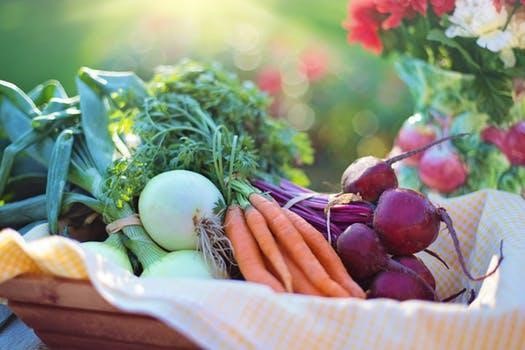The kitchen is a magical place for children. It’s where all those tasty treats they love to eat come from, produced with fascinating tools and appliances their parents use every day. Few things excite a child more than helping an adult bring a recipe to life and watching their loved ones enjoy it. As a parent, you want to encourage that excitement and help your child get off to a good start as a cook. Every child needs to learn the importance of kitchen safety and how to be responsible with objects that can cause serious injury. That includes understanding how foods are prepared and why they can be dangerous if not properly handled. Remember that you’re introducing your child to a whole new world, so make sure it’s a positive experience. Be patient and helpful, not critical. You want your kids to enjoy cooking and expressing themselves creatively in the kitchen.

Cleanliness first
Staying clean and hygienic is the cardinal rule in every kitchen, and the first lesson you’ll want to impart to your kids. It’s a big one, especially considering how reluctant most children are to keep their hands washed. Explain about germs and bacteria and how easily they can be passed on when preparing foods. Make sure they understand that washing up before cooking is just part of the picture; they also need to wash with hot water and soap when they’re finished cooking. If you’re working with food items like chicken and raw eggs, it may be necessary to wash hands multiple times.
Clean food
It’s also important to wash vegetables, fruit, and other food items. An observant child may point out that you don’t eat the rind on an orange and some people don’t eat the potato skin, so he may wonder why it’s so important to wash them. Explain that germs can live on the outside of fruit and vegetables and can be transferred via a knife that’s come into contact with the rind or skin.
Knife safety
Sharp knives constitute one of the most significant dangers in the kitchen. They’re constantly used in the preparation of meals, so it’s essential that kids understand how important it is not to reuse knives after they’ve cut into raw meat, and that they should always cut away from themselves to minimize the risk of cuts. Sharp knives should never be placed upright in the dishwasher and should be handed to someone handle first. Have your children begin with the knife point on the cutting board, and press downward with their hand to make nice, even cuts. Consider having your children practice by cutting Play-Doh with a plastic knife before having them try it with the real thing.
Stove safety
Burns can happen very quickly on the stove or in the oven. Teach your children to use oven mitts whenever they handle pots and pans and to avoid getting them wet before picking up something hot. Show your kids how to open a pot lid away from them to prevent steam burns, a danger that is sometimes overlooked.
Fire prevention
Kitchen fires are scary prospects, and they can crop up at any time. Kids need to learn to deal with a grease fire by smothering it with flour, never with water. Make sure they understand how important a fire extinguisher is and how to use one. They should also understand when to call 911 if a fire gets out of control.
Knowing how to cook and do so safely is a tremendous advantage for children. It’s a valuable skill that can teach them to be self-reliant and responsible. Make certain they understand the basics of kitchen safety before they start preparing their favorite dishes.
Photo Courtesy of Pexels


Comments are closed